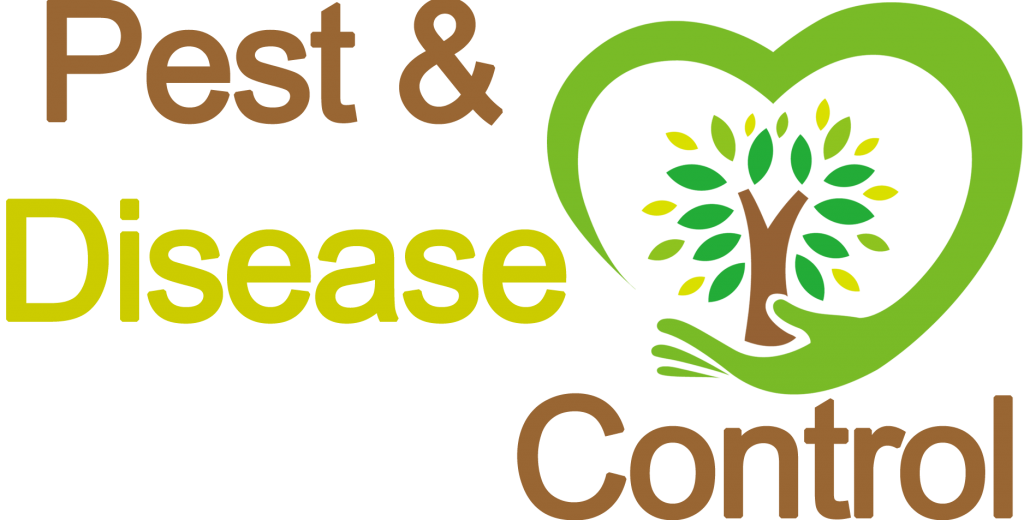Protect Your Fields with Buprofezin – The Great Crops Protection with Precision and Care. Learn How It Works and Its Benefits With Pest&DiseaseControl.
What is Buprofezin?
Properties
Buprofezin is an active substance belonging to the insect growth regulator group, with a chemical formula of C16H23N3OS. The molecular structure of this active substance consists of Nitrogen (N), Sulfur (S), and a C=O group forming a six-membered ring, combined with a C=N group. This creates its complex and specific structure.
The Birth of Buprofezin
It was first introduced by the company Nihon Nohyaaku in Japan in 1984. Initially, it was used to refer to a mixture of two isomers (E) and (Z). However, it was determined in 2008 that this active substance only contains the (Z) isomer, and since then, Buprofezin has become the official name for this active substance.

Classification and Effectiveness
Buprofezin belongs to the insect growth regulator group III according to the World Health Organization (WHO). It has contact, stomach poison properties and does not move strongly in the surrounding area.
It inhibits the molting process of immature insects, causing them to die, reducing egg-laying ability, and causing the eggs of pests to decay. In particular, it does not affect adult insects, but it can reduce their lifespan and the number of eggs laid. This pesticide has a slow onset of action, usually showing results 2-3 days after the immature insects die, but its effectiveness is long-lasting.
Physical and Chemical Properties
Buprofezin has a high melting point, around 106.1°C, and does not readily vaporize. It does not significantly affect the atmospheric environment.
How Buprofezin Works
Buprofezin operates as an insect growth regulator by disrupting the molting process of immature insects. This interference causes these insects to die, reduces their ability to lay eggs, and even leads to the decay of pest eggs. Importantly, it is highly selective, meaning it targets immature insects while sparing adult ones. This selectivity helps preserve beneficial insects, which play a crucial role in natural pest control.

Applications and Effects of Pesticides Containing Buprofezin
It is commonly used in the production of agricultural insecticides with various effective applications, including:
- Insect Pest Control: It is a selective insecticide with the ability to inhibit the growth and development of insects, especially nymphs and soft-bodied insects.
- Insect Disease Prevention: It has preventive effects against insect-borne diseases such as whiteflies, brown planthoppers, soft scale insects, and Hemipteran insects. It is not effective against diseases such as diamondback moth and cabbage white butterfly.
- Prolonged Effects: It has a slow onset of action and long-lasting effectiveness. The direct protective period is usually around 15 days, and it can protect natural enemies and utilize their effects for about 1 month.
- Environmental Safety: It is safe for plants and natural enemies at general concentrations. It is also a synthetic pesticide for controlling harmful pests.
- Combination: It is often combined with other components to create compound insecticides.
Types of Insects that Buprofezin Targets
Buprofezin is effective against various types of insects such as nymphs, soft-bodied insects, whiteflies, scale insects, planthoppers, and insects with scales. However, it only affects immature insects, so its use requires caution to ensure optimal effectiveness.
Buprofezin 40 SC: Safeguarding Crops with Precision and Care
In the realm of agriculture, the battle against crop-damaging pests is ongoing and ever-evolving. Farmers and growers are continuously seeking effective, safe, and environmentally friendly solutions to protect their crops and ensure bountiful harvests. Among the arsenal of tools available to them is Buprofezin 40 SC, a powerful insect growth regulator that plays a vital role in safeguarding crops.

What is Buprofezin 40 SC?
It is a suspension concentrate (SC) formulation of Buprofezin, an insecticide belonging to the class of insect growth regulators. This formulation is designed for ease of application, ensuring that it can be effectively and evenly distributed across crops. Buprofezin itself is characterized by a complex molecular structure that sets it apart as a unique and highly effective insecticide.
Applications and Benefits
- Precise Pest Control: It is highly effective against a wide range of insect pests, particularly nymphs and soft-bodied insects. This precision makes it an invaluable tool for integrated pest management strategies.
- Disease Prevention: Beyond pest control, it also contributes to disease prevention. It helps protect crops from diseases transmitted by insects such as whiteflies, brown planthoppers, soft scale insects, and Hemipteran insects.
- Long-lasting Effects: One of the remarkable features of Buprofezin 40 SC is its slow onset of action, which ensures prolonged effectiveness. Typically, its effects become noticeable 2-3 days after application and continue to safeguard crops for an extended period, often up to 15 days.
- Environmental Responsibility: It is designed with environmental safety in mind. At recommended concentrations, it poses minimal risk to plants and beneficial insects, making it a responsible choice for growers.
- Versatile Formulation: The SC formulation of Buprofezin allows for ease of application. It can be evenly distributed across crops, ensuring comprehensive pest control.
- Compatibility: It can be easily integrated into pest management programs and can be used in combination with other pesticides, fertilizers, or agricultural practices.
Conclusion
In the world of modern agriculture, where precision, sustainability, and environmental responsibility are paramount, Buprofezin stands as a powerful ally. Its selective action, long-lasting effects, and compatibility with integrated pest management strategies make it an invaluable tool for farmers and growers. By disrupting the growth and development of damaging insects while sparing beneficial ones, it contributes to the health and productivity of crops, helping to ensure abundant harvests while safeguarding the delicate balance of the ecosystem. As agriculture continues to evolve, it remains a trusted partner in the quest for food security and sustainable farming practices.
